Studies examine algae content
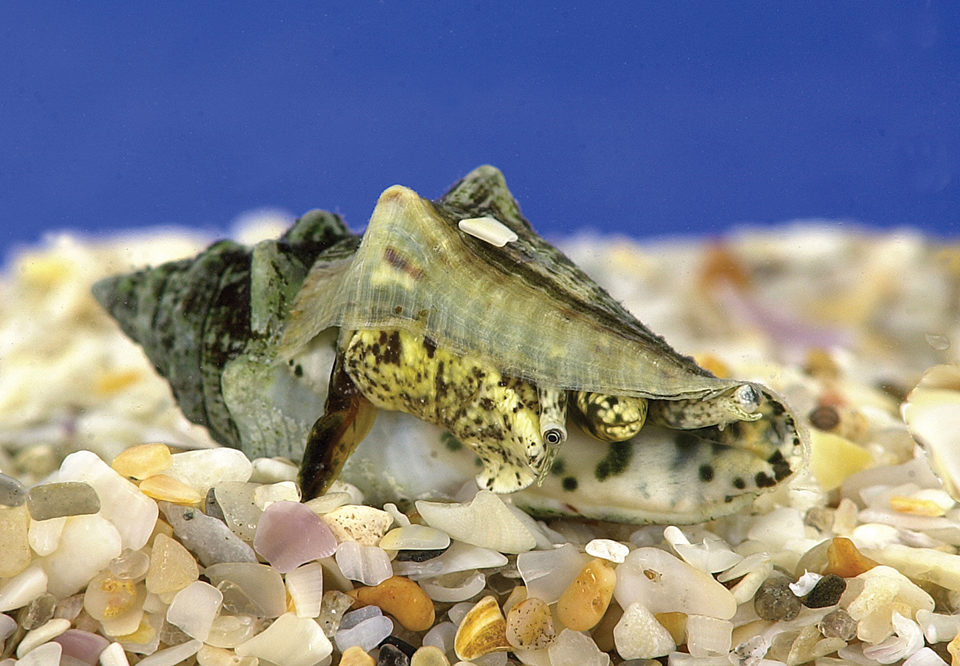
The queen conch (Strombus gigas) is a large gastropod inhabiting the tropical waters of Florida, USA, and the Caribbean. Since the 1970s, queen conch has been an important commercial fisheries species in the region. However, overfishing has caused populations in many countries to decline to dangerously low levels. In 1992, queen conch were added to Appendix II under the Convention on International Trade in Endangered Species of Wild Fauna and Flora to ensure that international commercial trade does not threaten the sustainability of their populations in the wild.
Although methodologies to culture queen conch for stock enhancement and growout are well established, few studies have addressed the use of natural or artificial diets for juvenile queen conch. Desired characteristics of an artificial diet for queen conch include negative buoyancy and reduced stability under water. Diets that disperse throughout the tank substrate work best for these grazing animals.
Queen conch juveniles have shown good growth and survival rates when fed an artificial diet developed by Harbor Branch Oceanographic Institution (HBOI) that consists of a combination of commercial catfish feed, dried Ulva species macroalgae, alginate and seawater.
To obtain higher growth and survival rates, and stronger shells in juvenile queen conch, the authors recently conducted a series of experiments at HBOI to improve the nutritional value of its artificial diets for the species. This research was partly funded by an HBOI postdoctoral fellowship for the first author with additional support provided by the Herbert Hoover Foundation and National Institute of Health.
Experiments
For the experiments, juvenile conch were stocked at a density of 75 per square meter in three 2.4- x 0.5- wx 0.6-meter troughs with crushed coral substrate, which were divided into six identical 0.21-square-meter compartments to hold a replicate for the diet and control treatments. One extra trough was used to hold “replacement” conch fed on each of the experimental diets. Each trough consisted of a recirculating system with a raised sand bed. Conch were fed the experimental diets at a rate of 125 mg/day/conch.
The first experiment included the addition of different macroalgae species to the base diet. Juvenile queen conch were fed one of four experimental diets containing catfish chow with 16 percent of the test macroalgae Agardhiella subulata, Gracilaria ferox, Ulva species or a 1:1:1 mixture by weight of the three macroalgae.
For the six-month study, commercial catfish chow was ground and mixed with the dried macroalgae, alginate and seawater, and extruded into a pellet form. Prepared diets were stored in a freezer until utilized. An unfed group and a group fed a diet containing no macroalgae were used as control groups.
A second experiment is in progress to determine the growth and survival of juvenile queen conch fed artificial diets with relatively consistent protein compositions, but varying protein sources. The red algae Agardhiella, catfish chow and soy protein isolate are used as sources of protein with protein:energy ratios maintained through the addition of fish oil. The ratio of algae to 0 the use of soy protein isolate. The composition of each diet is:
- Diet A: Catfish chow (99.5 percent)
- Diet B: Catfish chow (75 percent) and Agardhiella (11 percent)
- Diet C: Catfish chow (75 percent), Agardhiella (11 percent), soy protein (12 percent)
- Diet D: Catfish chow (60 percent), Agardhiella (22 percent), soy protein (15 percent), fish oil (2 percent)
- Diet E: Catfish chow (45 percent), Agardhiella (33 percent), soy protein (18 percent), fish oil (3 percent),
- Diet F: Catfish chow (30 percent), Agardhiella (44 percent), soy protein (21 percent), fish oil (4 percent).
The protein levels for the diets are: diet A, 34 percent; diet B, 31 percent; and diets C through F, 38 percent. The lipid, moisture, energy, ash, fiber and carbohydrate content for each diet is also determined.
Results
The first experiment demonstrated that juvenile queen conch fed diets containing macroalgae showed a significantly higher survival rate (Fig. 1). Although there was no significant difference in overall growth rates among the treatments, the highest monthly growth was observed in juvenile conch fed the diet containing red algae, Agardhiella species (Fig. 2).
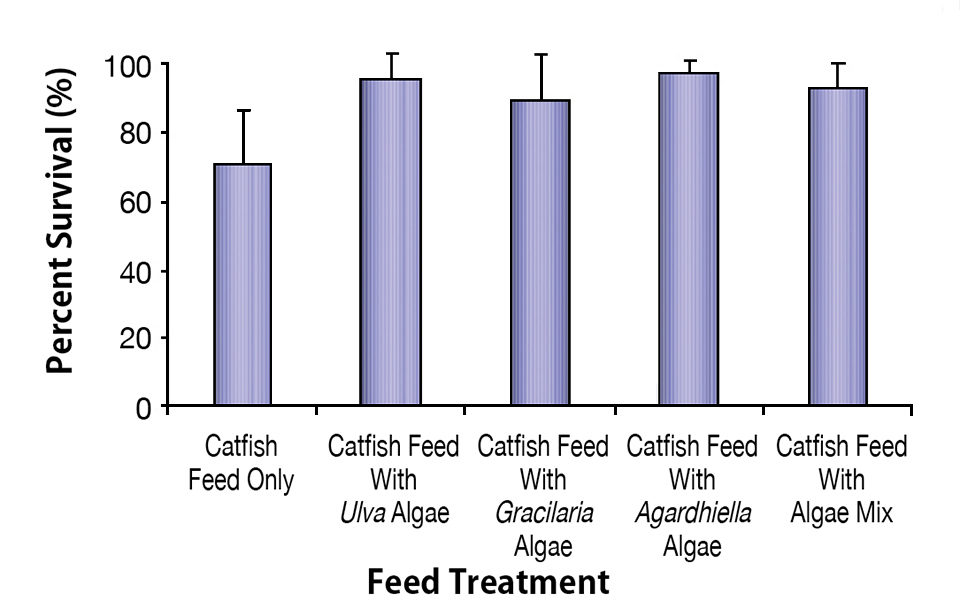
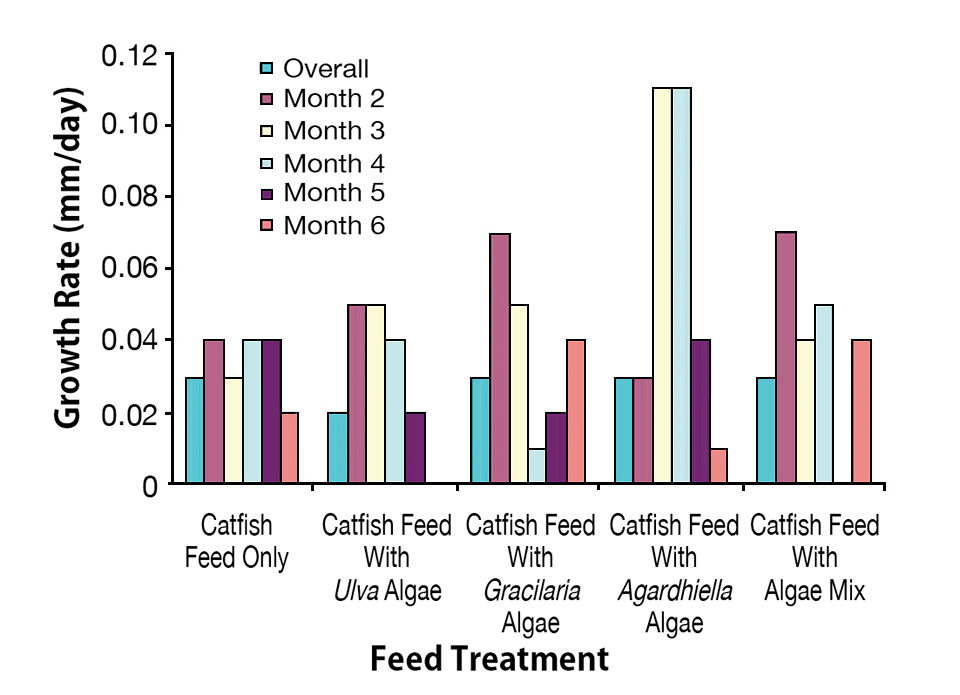
Preliminary results of the second experiment show an apparent faster growth in conch fed diets C and D, those supplemented with the lower levels of macroalgae (Fig. 3). Survival is lowest for the conch receiving the highest algae content (Fig. 4).
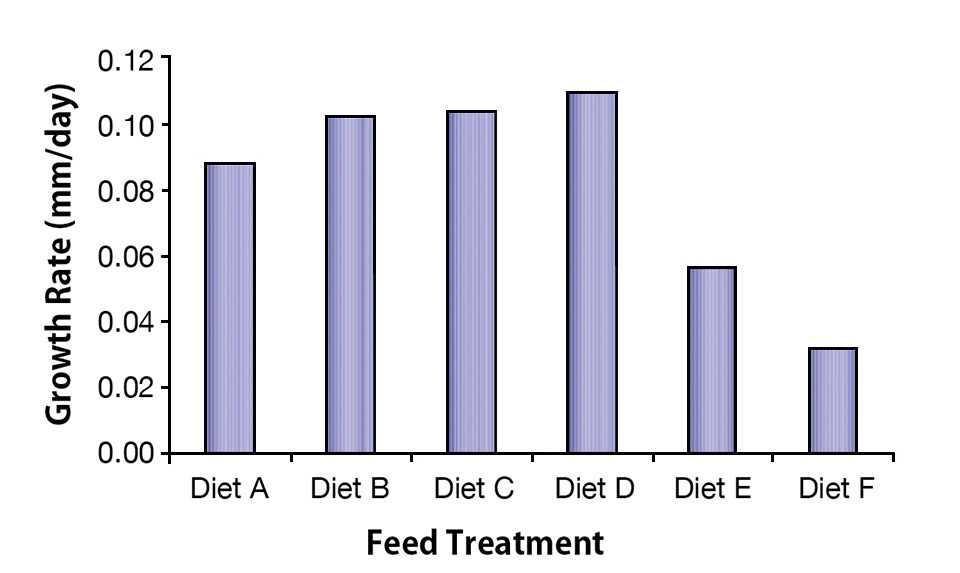
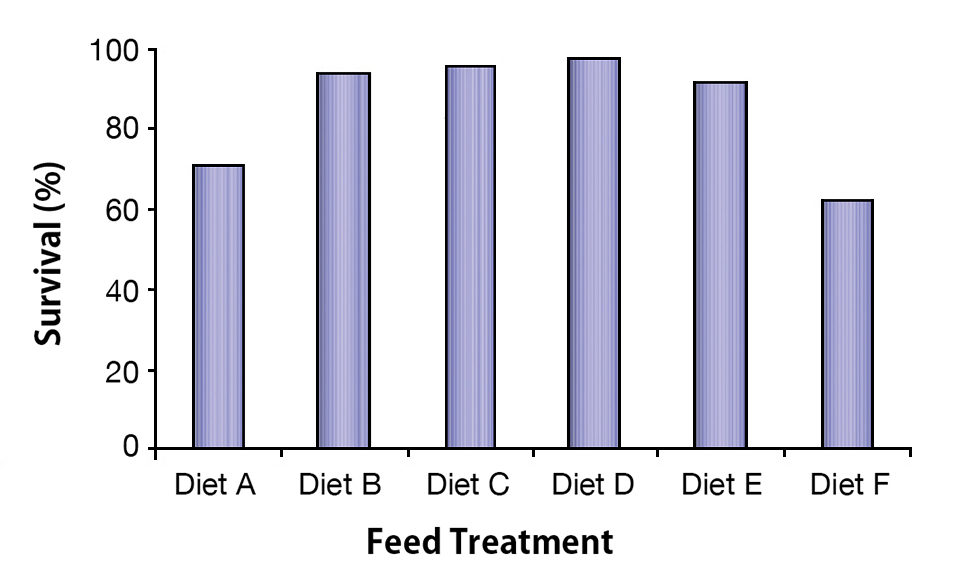
(Editor’s Note: This article was originally published in the March/April 2009 print edition of the Global Aquaculture Advocate.)
Now that you've reached the end of the article ...
… please consider supporting GSA’s mission to advance responsible seafood practices through education, advocacy and third-party assurances. The Advocate aims to document the evolution of responsible seafood practices and share the expansive knowledge of our vast network of contributors.
By becoming a Global Seafood Alliance member, you’re ensuring that all of the pre-competitive work we do through member benefits, resources and events can continue. Individual membership costs just $50 a year.
Not a GSA member? Join us.
Authors
-
Amber L. Garr
Center for Aquaculture and Stock Enhancement
Harbor Branch Oceanographic Institute at Florida Atlantic University
5600 U.S. 1 North
Fort Pierce, Florida 34946 USA[117,100,101,46,117,97,102,46,105,111,98,104,64,49,114,114,97,103,97]
-
Héctor Acosta-Salmón
Center for Aquaculture and Stock Enhancement
Harbor Branch Oceanographic Institute at Florida Atlantic University
5600 U.S. 1 North
Fort Pierce, Florida 34946 USA -
Megan Davis, Ph.D.
Center for Aquaculture and Stock Enhancement
Harbor Branch Oceanographic Institute at Florida Atlantic University
5600 U.S. 1 North
Fort Pierce, Florida 34946 USA -
Thomas R. Capo
Division of Marine Biology and Fisheries
Rosenstiel School of Marine and Atmospheric Sciences
University of Miami
Miami, Florida, USA -
Marty Riche, Ph.D.
United States Department of Agriculture
Agricultural Research Service
Tagged With
Related Posts
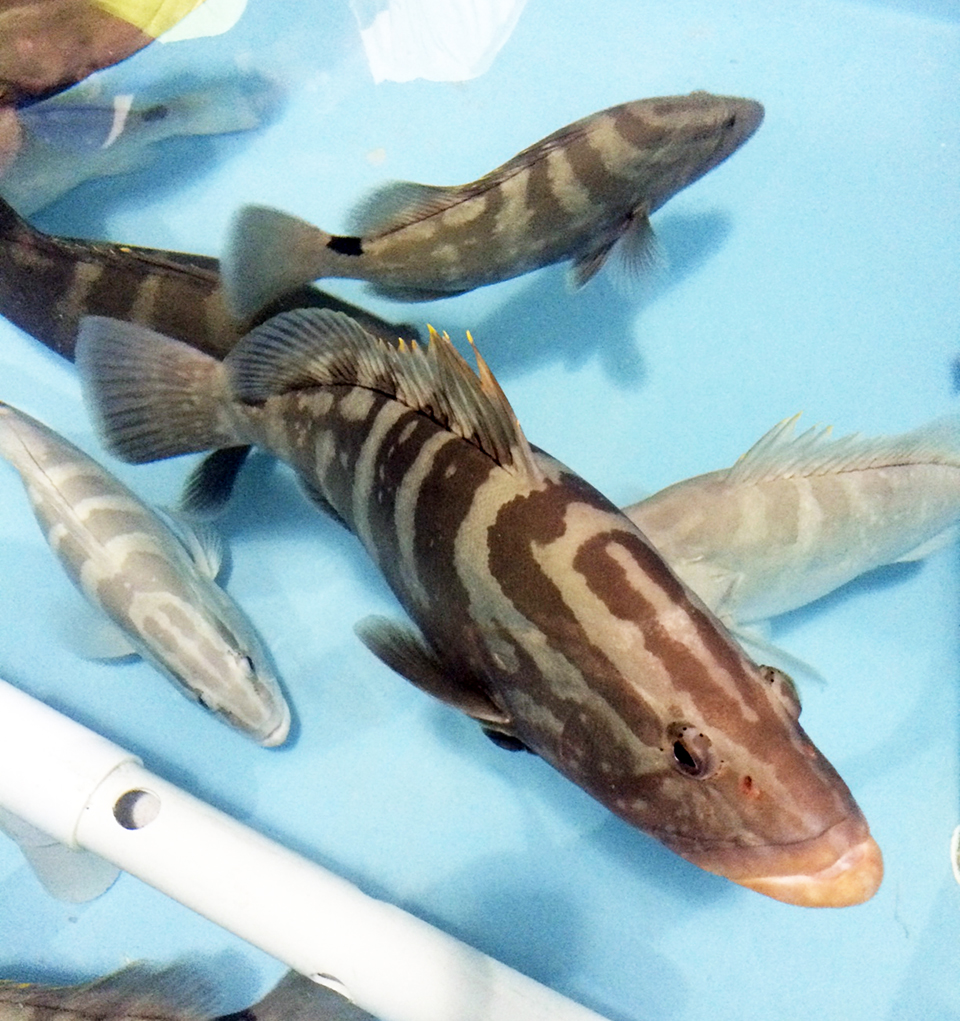
Intelligence
Bahamas venture focuses on grouper, other high-value marine fish
A new venture under development in the Bahamas will capitalize on Tropic Seafood’s established logistics and infrastructure to diversify its operations from processing and selling wild fisheries products to include the culture of grouper and other marine fish.
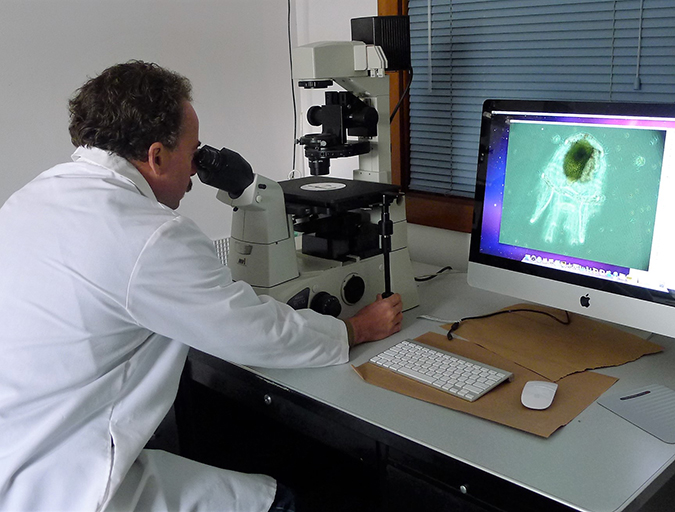
Innovation & Investment
Better together: Partnerships drive innovation at leading labs
Laboratories with industry partnerships are making aquaculture more innovative, efficient and responsible. These collaborations offer access to expertise, facilities and funding to further the industry and improve global food security.
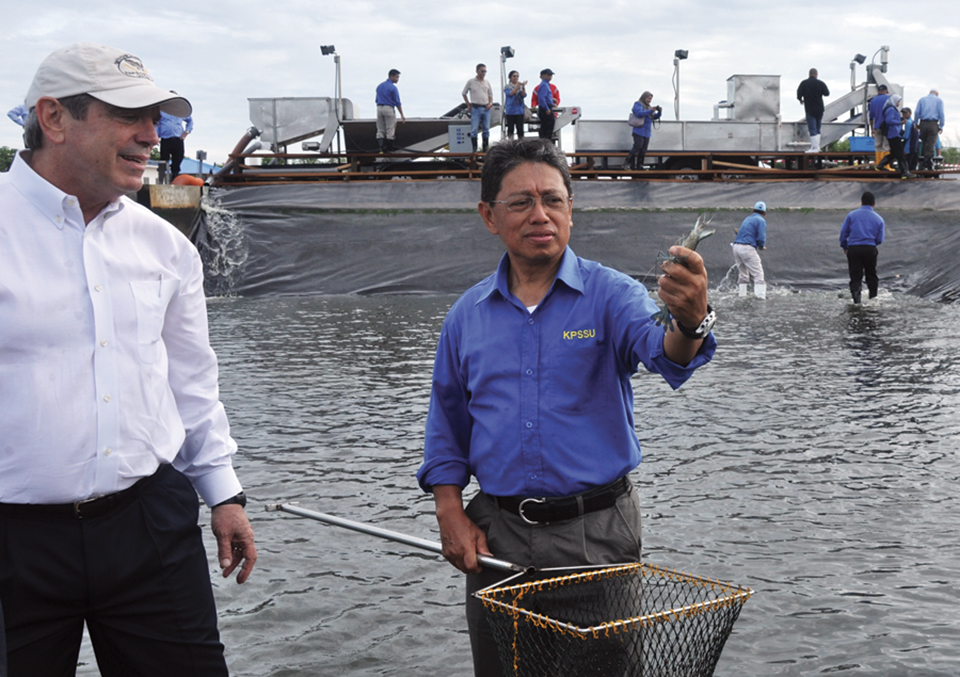
Health & Welfare
Brunei project develops technology for large black tiger shrimp production, part 1
A five-year project was undertaken in Brunei Darussalam to develop advanced technology for the production of large black tiger shrimp. A combination of technologies has enabled efficient production of large-sized black tiger shrimp, which could lead to a resurgence of this species in Asia.
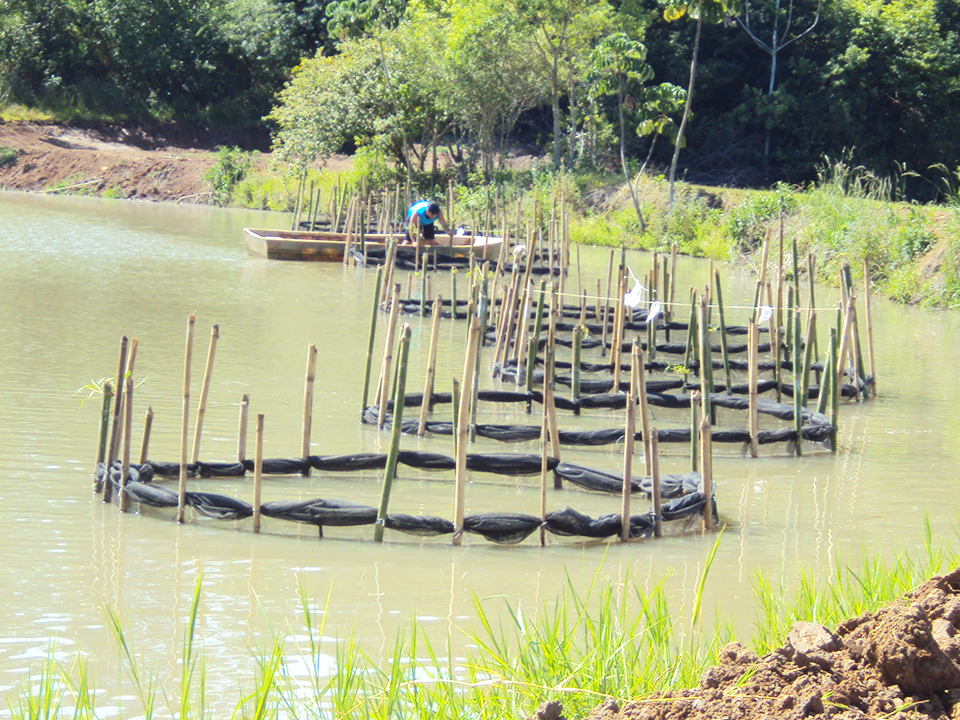
Health & Welfare
Commercial, natural feed consumption examined in Amazon River prawn study
In a 60-day study, Amazon River prawn postlarvae stocked in pens within a culture pond were given commercial feed or received no feed beyond the natural organisms in the pond.



